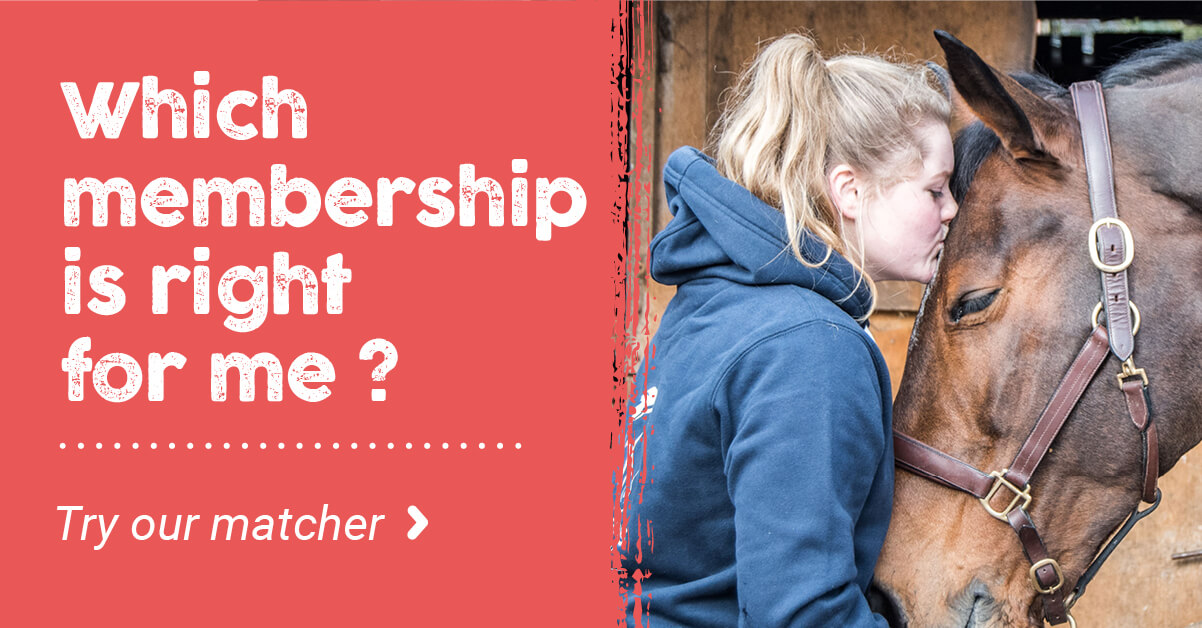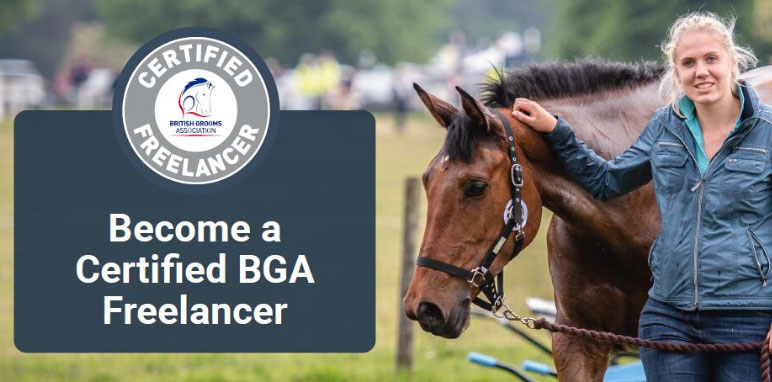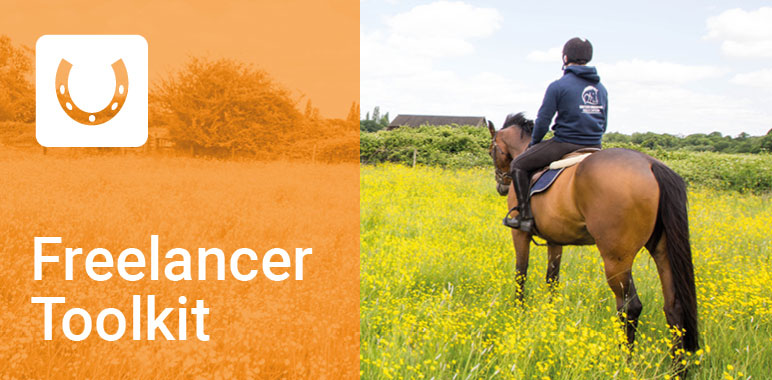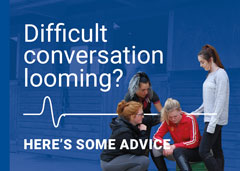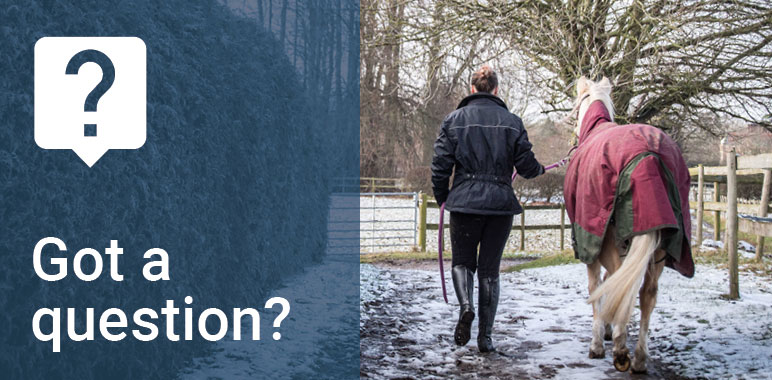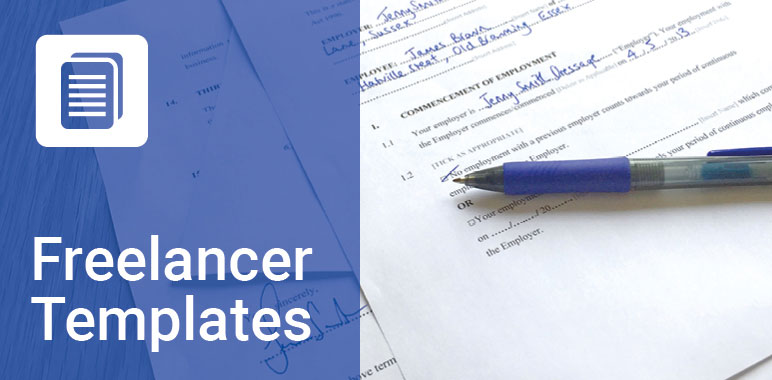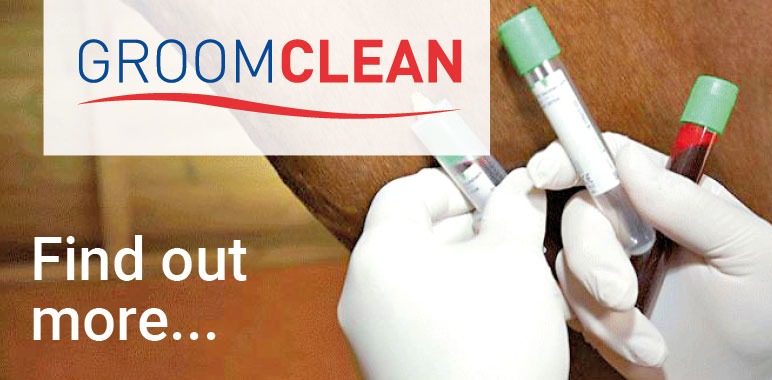- Join Now
- Login
- Member Zone
- Your Career
- Freelancing
- International Grooms Association
- BGA Training
- Healthy Yard Healthy Horses
- Transporting horses
- Brexit
- Safe workplace
- Student Zone
- Member Discounts
- BG Magazine
- Member services
- My employment
- Am I employed correctly
- Grooms Minds
- Safeguarding
- Legal Helpline
- BGA guide to the National Minimum Wage
- Training & Careers
- BGA CV Creator
- Horse groom training
- Where to Train
- BGA E Learning
- Career choices
- Change to Racing
- First Aid training for grooms
- Parents
- Grooms Jobs
- Grooms Life
- About
- News
- Contact


As a groom, winter doesn’t mean a break from work, it just means frozen water buckets, numb fingers, and battling the elements day in and day out! One winter issue that we know many grooms struggle with (and often ignore) is chilblains. These painful, itchy, swollen patches of skin can make daily tasks unbearable. The good news is that with the right knowledge and care, you can prevent and manage chilblains to keep working comfortably through the colder months. Here’s your ultimate groom’s survival guide to chilblains, because we know you don’t have time to let sore hands and feet slow you down! Chilblains are an inflammatory reaction to cold and damp conditions. They occur when the small blood vessels in your skin constrict due to the cold and then expand too quickly when warmed up. This causes red, swollen, itchy, and painful patches, most commonly on fingers, toes, ears, thighs and even the nose. Grooms are more likely to get chilblains because: Prevention is always better than dealing with the irritation later! Here are some top tips to keep your hands and feet warm and chilblain-free: Tight boots can restrict blood flow and make chilblains worse. Instead, wear thermal socks waterproof boots and insulated gloves with enough room to allow proper circulation. Keep a spare set of dry clothes in the break or tack room if you can. Keep warm, but slowly When coming in from the cold, don’t rush straight to a radiator or stick your hands under hot water, this sudden change in temperature can actually trigger chilblains! Instead, warm up slowly with dry heat, like layering gloves or using a hand warmer. Stay dry Easier said than done we know. Change out of wet gloves and socks as soon as possible, damp skin is more prone to chilblains. Consider using a waterproof barrier cream to keep your hands protected in wet conditions. Keep moving! Boosting your circulation can help improve blood flow and reduce your risk of getting chilblains. Wiggle your toes, stretch your fingers, and stay active. Try drinking ginger tea, it’s thought to help circulation and it’s a great way to warm up on a cold day! Already got chilblains? Don’t worry, here’s how to manage them and get back to work comfortably. Warm up gently If you’ve developed chilblains, gradual warmth is key. Avoid direct heat (like fires or radiators) and instead use thick socks, gloves, or a warm water bottle wrapped in a towel. Soothe the itch Try to resist scratching! Scratching can break the skin, leading to an infection. Instead, use a soothing cream with ingredients like calendula or witch hazel to ease discomfort. Keep your skin moisturised Chilblains dry out the skin, making it more prone to cracking, which can be painful. Use a rich moisturiser like E45 or a chilblain-specific cream to keep your skin healthy and happy. Know when to see a doctor If your chilblains aren't better after two or three weeks, of if they become blistered, ulcerated, or infected, it might be time to seek medical advice. In severe cases, prescription creams or medication might be needed, which can be prescribed by your GP or a Nurse Practitioner. If your chilblains are painful, the NHS recommends taking paracetamol or ibuprofen. Just remember that some painkillers are not safe for everyone (for example, if you're pregnant). Always check the leaflet or get medical advice before taking them. Chilblains are a nuisance, but they don’t have to ruin your winter. With the right gear, good circulation, and a little TLC, you can keep your hands and feet healthy, warm, and ready to tackle anything the yard throws at you! Be part of an organisation that understands you. Join the BGA for only £26.50 per year. Join now.The grooms survival guide to chilblains
3rd February 2025
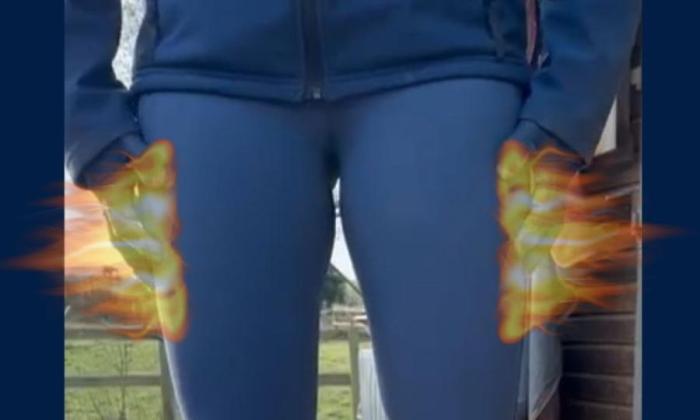
What are chilblains?
How to prevent chilblains
Layer up (but not too tight!)
How to treat chilblains
BLOG ARCHIVE
- 2025 (16 ENTRIES)
- 2024 (52 ENTRIES)
- 2023 (60 ENTRIES)
- 2022 (35 ENTRIES)
- 2021 (24 ENTRIES)
- 2020 (19 ENTRIES)
- 2019 (45 ENTRIES)
- 2018 (36 ENTRIES)
- 2017 (7 ENTRIES)
What the personal accident policy covers you for:
- Whilst at work
- All stable duties – mucking out, grooming, washing off, turning out
- Clipping
- Riding – including hacking and jumping
- Hunting
- Lunging
- Breaking in
- Holding horse for a vet and other procedures
- Travelling horses both in the UK and abroad
- Competing in line with your job including: jumping, dressage, eventing
- Injuries that may happen to you whilst you are teaching - but you must also be grooming as part of your duties and not be a sole instructor
What the personal accident policy doesn’t cover you for:
- Riding in a race, point to point or team chase
- Stunt Riding
- Accidents occurring whilst travelling to and from work
- Riding and competing your own horse (but you can upgrade when applying for membership to include this)
- Public Liability – this is a separate insurance policy - the Freelance Groom Liability Insurance
- Care Custody and Control – this is a separate policy - the Freelance Groom Liability Insurance
If you require additional cover then please contact KBIS directly.
| GROOM | RIDER | EMPLOYER | |
|
When you are working for other people you do most of the following; muck out, turn out/catch in, tack up, groom horses, exercise Horses (including hacking, jumping and schooling), in the care of your employer/client. |
|
|
|
| Predominantly ride horses for other people including schooling, exercising and competing. | NO |
YES |
YES |
| Provide grooming services for someone else either full time or on a freelance basis i.e. an employer or a client. | YES |
NO |
NO |
| Employ staff – have an employers liability policy in your name | NO | NO | YES |
| Buy and sell horses | NO | YES | YES |


